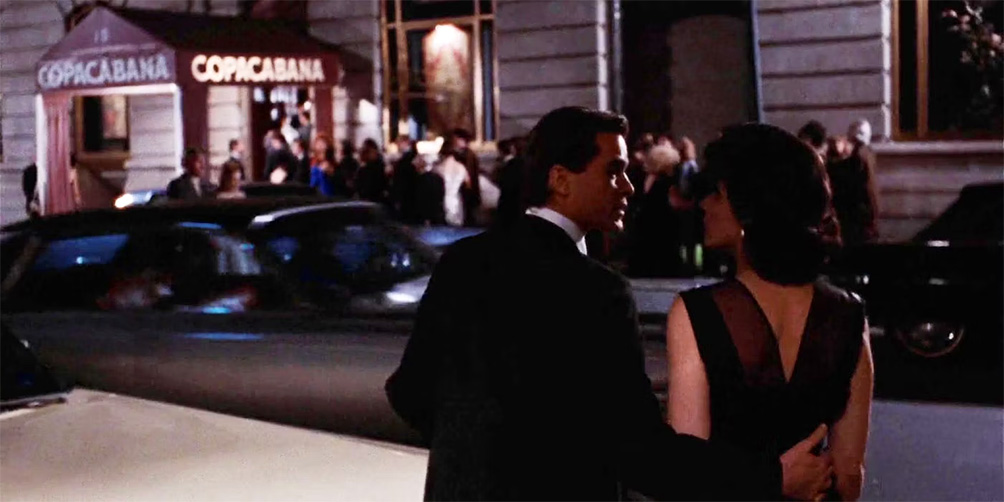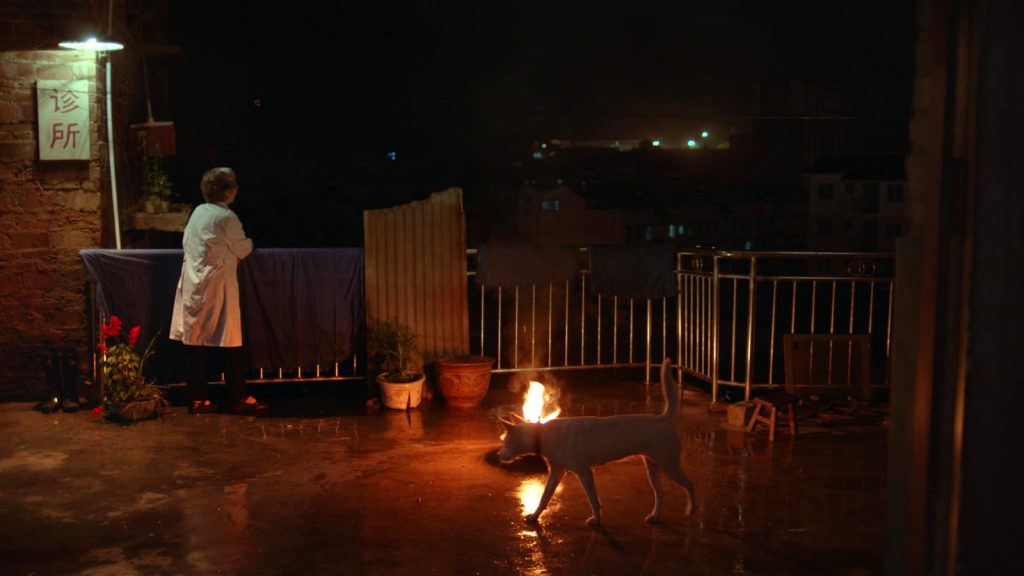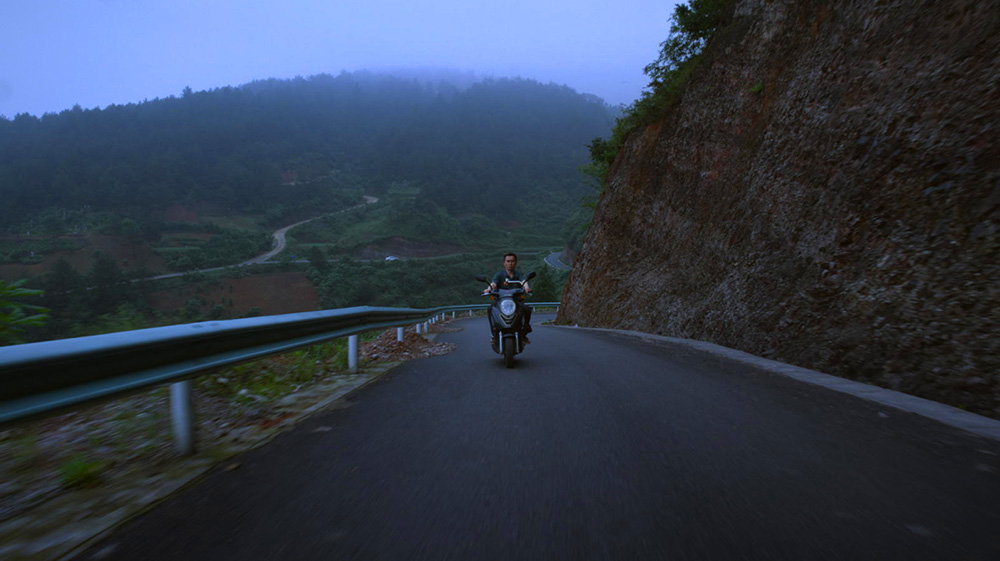Who doesn’t love a stunning one-take wonder? The unedited (or perhaps cleverly seeming so) single moving shot that can instill dynamism, elegance, and intrigue into a story—or simply induce an audience to marvel at what it’s seeing and encourage a bit of collusion, camera tugging at the collective shirt sleeve. C’mon, already! The most famous is surely the three-minutes-and-change opening sequence in Orson Welles’ 1958 late-cycle film noir Touch of Evil, which suspensefully (and with a touch of black humor) tracks the planting of a bomb in a car at the Mexican border… and the explosive inevitable. (Robert Altman paid explicit homage in The Player). Among the visual pleasures of Martin Scorsese’s Goodfellas is the two-minute “Copacabana shot” that follows Ray Liotta and Lorraine Bracco through the backdoor of the New York nightclub as they sidestep the long line outside (set to The Crystals’ 1963 hit “And Then He Kissed Me”), the camera snaking behind as they jostle through a busy kitchen, Liotta’s aspiring “wiseguy” glad-handing all the way.

Digital technology made feasible more elaborate efforts, such as Alexander Sokuruv’s 2002 Russian Ark, a 96-minute Steadicam fantasia that rambles through the Winter Palace of the Hermitage, the faux-one-take trickery of Alejandro González Iñárritu’s 2014 Birdman, and the heroic endeavor the following year of Victoria, Sebastian Schipper’s German heist thriller, shot in the wee hours across the entire city of Berlin—three times, for good measure. (Alfred Hitchcock, whose influence over all of this can’t be underrated, appears to have made the earliest one-and-done feature with Rope, in 1948, but it was stealthily composed of 10 long shots.
Even if the single extended take has become a more familiar part of the cinematic toolkit, it can still surprise with its ingenuity—in the right hands. Those belong to Chinese filmmaker Bi Gan, whose 2015 treasure Kaili Blues, released when he was 26, marked the arrival of a bracing and (to these Western eyes anyway) mystical and elusive talent. The film, which streams for free this month on Fandor, is a puzzle: in terms of its actual plot engine, a missing-person quest, and more so in its structure, which melts into a dreamy slipstream. To borrow William Hurt’s line from The Big Chill, “sometimes you just have to let art flow over you.” Director Bi, who has a lingering eye for resonant everyday images and a restlessly tracking camera, clearly taps into the poetic tradition (visually as well as verbally, as his own poems surface throughout the film), taking metaphysical cues from the Russian visionary Andrei Tarkovsky, most notably, who receives homage in one particular shot that hollers back to Stalker. (The Chinese title of the film is taken from Roadside Picnic, the name of the science-fiction novel that inspired Stalker). The story, which follows the rural doctor Chen on a mission to find his nephew, leads him from his town of Kaili in the Guizhou province deep into the rural nowhere. The adventure that awaits is sometimes comical, even absurd, more than bittersweet, and perhaps a celebration of randomness and randos. Chen travels by any means necessary, which often puts him at the mercy of strangers and their unreliable transport methods, and when he arrives in the village of Zhenyuan, circumstances become ever stranger—and delightfully so.

Bi’s camera takes off, and suddenly the screen glides into 41 minutes of handheld motion that tracks through the community, capturing a variety of ordinary endeavors and encounters while also veering away from Chen himself to engage with the people he meets. Much of it might seem mundane, an exercise in documentary realism, but the unpredictability of the camera and the characters who address its frame conjure the complex and conflicted personality of a place and time even as the nature of Chen’s quest becomes more surreal. The passage of real time, versus “screen time,” imbues each situation—a haircut, a short walk down a path to a rustic riverboat, a ragtag pop band playing a gig on the street—and seems to make each moment a touch more palpable, like adjusting up the contrast knob on a television.
The cinematographic eye breaks into a zig-zagging trot sometimes, which implies a sense of uncertainty shared with the protagonist, deciding who or what to follow, like any traveler in a new town taking in a sense of place. We may feel more at home in the film now, but Chen’s journey is fully untethered. As the camera bumps along, the wide angle distorting the edges of the frame, there’s a triggering sense of both disorientation and the urgency of forward motion. It’s a perfect visual analogy for the state of a man lost in time, which also makes for an uncanny experience to curious viewers.




